Amazon's Silk does little to accelerate Kindle Fire, HTML5
HTML5 development tools vendor Sencha put the Fire through a series of tests, as it has previously done with Apple's iPad 2 and iOS 5, Android 2.x tablets like the Galaxy Tab, Android 3.x Honeycomb tablets like the Motorola Xoom, and RIM's BlackBerry PlayBook.
The firm notes that "the Fire runs a customized version of Android 2.3.4 (Gingerbread) and in the past, we’ve been disappointed with the quality and completeness of that browser. We were hoping that Amazon would improve the stock Gingerbread browser significantly."
It concluded "we can say that while it’s a solid browser for normal page browsing, it lags the best of the competition in HTML5 capabilities. Constrained by its Gingerbread foundation, it’s a competent but minimal HTML5 platform that reflects its $200 price point."
Web standards testing
In terms of web standards testing, the Fire scored 95 out of 100 in the Acid3 test, below both iPad 2 and the Playbook, both of which soured 100. It lost points primarily due to lacking support for SVG, failing to complete media queries tests in the allotted time, and being too slow to pass a "challenging" garbage collection speed test.
Modernizr, a test that uncovers browser support for new web features often associated with HTML5, shows the Fire browser supports CSS 2D transforms and Canvas "as well as other Android 2.x capabilities."
Fire was also found to correctly render both Google Fonts and Typekit dynamic fonts, although the reports notes that both Typekit font loading and page scrolling with lots of Google Fonts were both "noticeably slow."
However, the Fire's year old version of Android does't support 3D transforms, web sockets, web workers and many HTML form input types, and the Fire's minimal hardware lacks support for web features such as geolocation.
SunSpider and web animation performance testing
In terms of SunSpider performance, a test that benchmarks JavaScript, the Fire and its dual core chip (the same as the PlayBook) scored "in the same range as other tablets," an impressive feat for a device that costs less than half as much.
In real world testing of CSS3 animation performance however, Sencha reports that while a test game did play, "the frame rate was poor and touch responsiveness while animations were running was also substandard."
The report notes that the browser didn't seem to use the Fire's built in GPU core, in contrast to the similar PlayBook, which "does a far better job leveraging the same GPU core."
In simpler animation testing, Sencha notes that the Fire's browser allowed animation elements to "diverge and lag noticeably and visibly from each other," an issue it blamed on Android's JavaScript timer latency, which it contrasted with iOS 5's "best-in-class implementation."
Out of touch performance
In testing general performance as an HTML5 web app client, Sencha noted that "the Kindle Fire has problems processing touch events with good responsiveness," noting that like previous Android devices, "the OS and browser seem to fight over who gets touch events."
The report added, "since the Fire is based on Android 2.x, full multi-touch with independently tracked touches is not supported either."
Silk has little impact
"One of the main selling points of the Kindle browser is supposed to be its cloud-caching and pipelined HTTP connection that uses the SPDY protocol," Sencha wrote. "This does seem to speed up normal page browsing a little, but it’s not very noticeable and we didn’t test this rigorously. But for HTML5 web apps, where code is downloaded and executed, there doesn’t seem to be any performance difference when we tested with acceleration on and off."
The company also notes that "SunSpider scores were essentially the same when accelerated browsing was turned on or off."
The report concludes, "Amazon Kindle Fire doesn’t seem designed to run HTML5 apps as a primary goal. It does a good job of displaying ordinary web pages and its resolution and rendering capabilities meet that need well. But there are too many sharp edges, performance issues, and missing HTML5 features for us to recommend that any developer create web apps primarily for the Kindle Fire. The iPad 2 running iOS 5 continues to be the tablet to beat, with the PlayBook a respectable runner-up in HTML5 capabilities."
Sencha has also posted a video that demonstrates the minimal acceleration Silk seems to provide when loading a variety of complex and simple websites, which in some cases actually slows down rendering as much as it speeds it up in others.
 Daniel Eran Dilger
Daniel Eran Dilger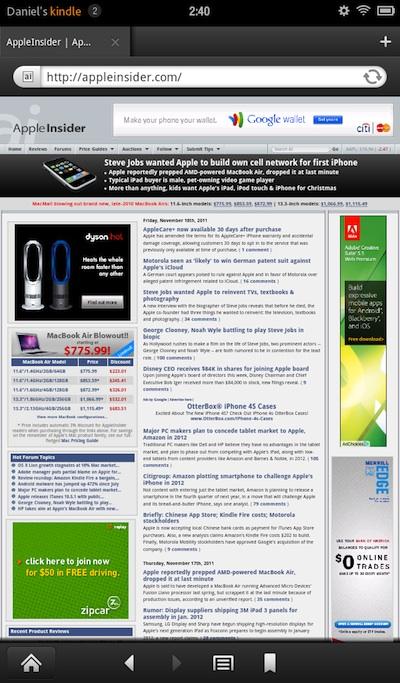


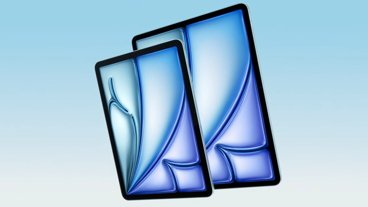

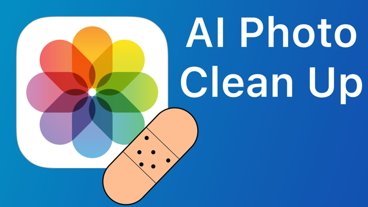
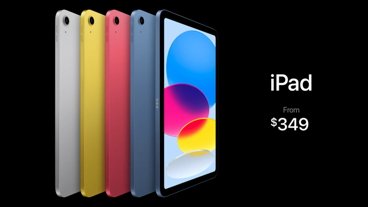
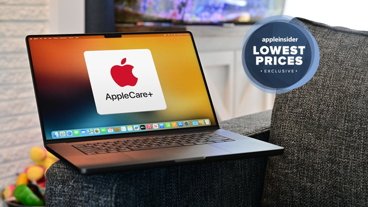
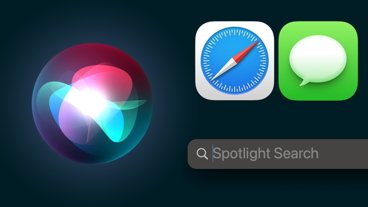
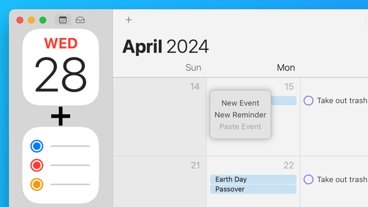
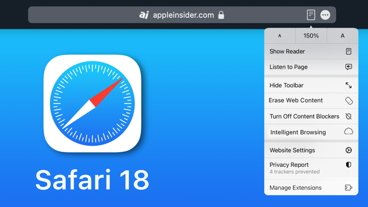

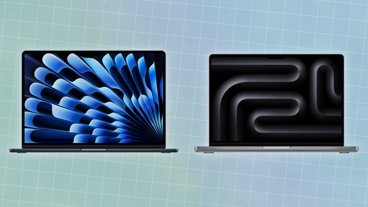


 Andrew Orr
Andrew Orr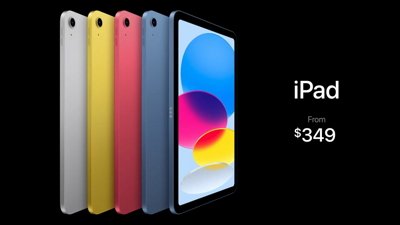
 Amber Neely
Amber Neely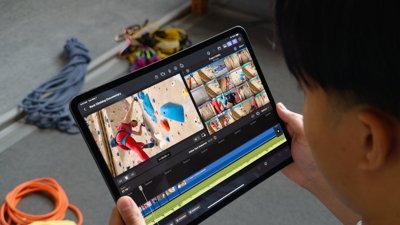
 William Gallagher
William Gallagher
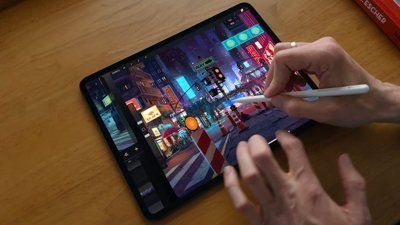
 Wesley Hilliard and Mike Peterson
Wesley Hilliard and Mike Peterson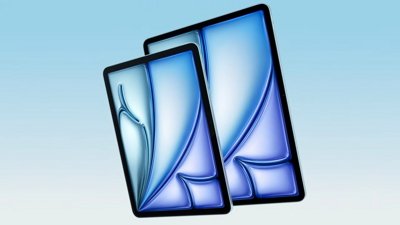
 Malcolm Owen
Malcolm Owen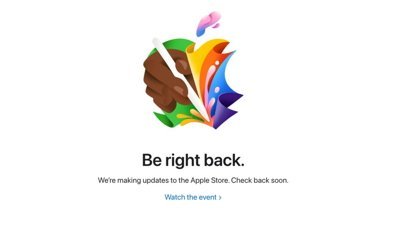

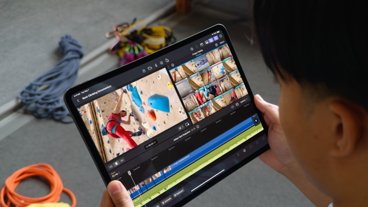
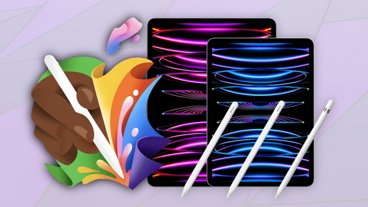


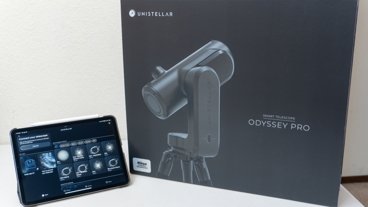
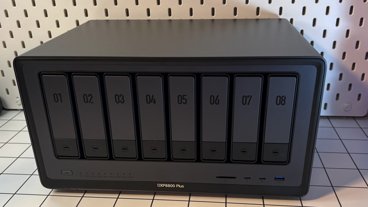
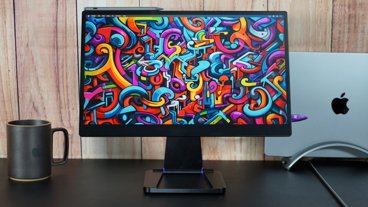

76 Comments
I expect some of these shortcomings to be fixed when Amazon updates the Kindle Fire OS to Android 4.0. Other than that, I wasn't really surprised in the results. Android 2.x isn't that great when it comes to supporting modern standards. Performance is subpar and only masked on phones because of processors that range from 1.2-1.5Ghz to make up for the OS' shortcomings.
Considering Apple gets better performance only running it's CPUs at 800Mhz, it's pretty clear to me that software matters a LOT. Heck, Windows Phone 7 devices are smoother than most Android smartphones and they only have a single core (but hardware acceleration!).
It's the software, stupid!
fair enough!
Those that are buying this as a tablet aren't likely to care much. It's the same mentality that has those buying $400 PCs and still running IE6. It's just not something they consider.PS: Speaking of JS performance has Google dropped the ball with their engine or just dropped the ball with their Android browser? As you can see in the link below the Galaxy Nexus and Droid RAZR on par with the iPhone 4S in JS yet those machines have a 50% faster CPU and 2x more RAM. I'd think they should be doing much better in JS performance as Chrome browser is over Safari on the same HW. And pushing almost 2x as many pixels as the iPhone 4/4S but using a considerably weaker GPU? Does that really make sense to any Android buyer?
I expect some of these shortcomings to be fixed when Amazon updates the Kindle Fire OS to Android 4.0.
Why would Amazon upgrade the Fire to Android 4.0?
3.0/4.0 are Google's efforts to make Android into an iPad challenger.
Kindle Fire is Amazon using the Android 2.x installed base to instantly have a bunch of apps the Fire can run. "Upgrading" to 3/4 would force Amazon (or B&N) to adopt Google's direction, rather than go on their own as device makers taking advantage of the fact that more than half of Google's own app market customers are still running 2.2.
Amazon didn't update its original Kindles aggressively, and no Android 2.x vendor has upgraded its 2.x tablets to 3.x.
Further, even if Amazon could pick and choose portions of newer Android software to use on future Fire devices, Android's browser is not nearly as good as iOS 5's in HTML5 performance. If anything, Amazon is helping make Android more of a mess than it already is.
If the Fire takes off, it will put a bullet in the head of Android 4.x tablets, and they've already shot themselves full of lead. Will be interesting to see how well Google maintains any leadership when "Android" on tablets comes to mean $200 devices purposely running last years 2.3 version.
If Google can't give away its latest version of Android, it becomes more pathetic than even Microsoft and its inability to sell Windows Phone.
Thanks for all the great Kindle coverage.